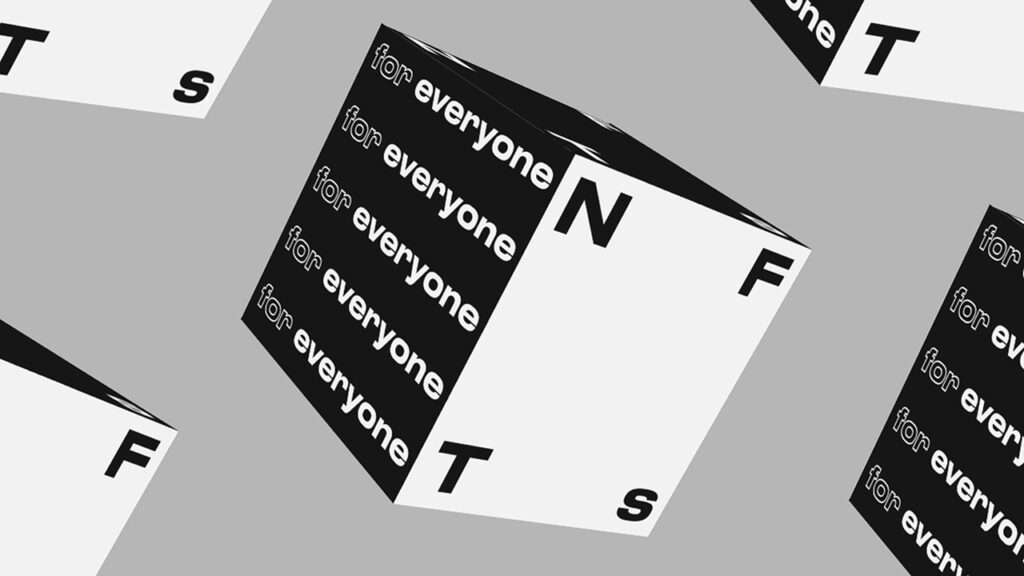In theory, minting a NFT should be easy enough. Navigating the multiple NFT marketplaces, however, can be overwhelming or even impossible. Institutions and creators entering NFT commerce need to make many decisions, ranging from which blockchain to connect with, to which platform to mint on. With Voice’s new multichain enablement, the platform is paving the path forward for ensuring accessibility and connectivity across the NFT ecosystem.
Voice’s multichain strategy gives users the benefits of having their NFTs on multiple blockchains or platforms, ensuring that their NFTs aren’t locked to a single chain and allowing access to a variety of marketplaces. Once the feature is live, Voice users will be able to send an NFT to a separate chain within a few clicks. They will simply need to select a destination, and their token is conveyed to their crypto wallet on their chosen target chain. They will then be able to transact on that chain as if the NFT were created there.
The new feature continues Voice’s mission to empower creators by ensuring that they continue to see the value and returns from their work. “Part of our multichain strategy is ensuring that the royalty promises that we make with Voice are carried out, even if the NFT is on another chain,” says Rick Whitner, Vice President of Architecture at Voice.

In its mission to mainstream NFTs, Voice is empowering digital artists with the tools to easily mint eco-friendly NFTs, build their communities, and generate economic value from their work. Image: Voice
Positioned as part of Voice’s move out of beta and public launch, this new functionality fulfills the platform’s larger mission to make NFTs accessible and eco-friendly, while enabling crypto artists to find their audience and community, whichever chain they might live on. The hope is to mainstream digital tokens for a future where NFTs will be for everyone.
At launch, Voice will be targeting EOSIO-based blockchains, before moving to Ethereum side chains in the future. “The reason we’re not targeting Ethereum directly is because it’s a proof-of-work platform, and we’re very environmentally conscious,” says Whitner. While the dream of blockchain is complete decentralization, he concedes that for now, the multichain solution is inherently centralized at some level, as users need to know that their NFT won’t lose their value.
Whitner, for one, wants to see NFT purchases become as simple as any other online transaction. “When you’re transacting with your credit card, you don’t care that there’s a database and communications that are going on between vendors,” he says. “NFTs should be that same way.”



